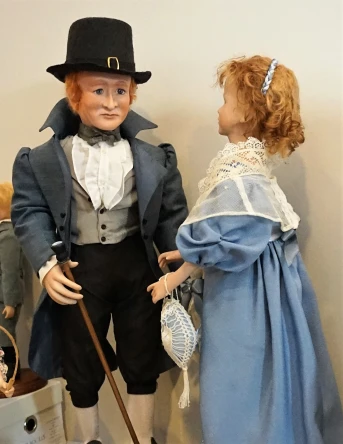Origins and ancestors
The origins of the name KABLE arise from the ancient Saxon spelling of the name KEABLE , with the earliest usage being identified before the Norman conquests of 1066 and most likely arriving in England with the Saxon military leaders Hengist and Horsa.
The Middle English dictionary of 1367 records the name’s meaning as being ” a cudgell (club/stick)–possibly a cudgell maker or stout as a cudgell”
The first clearly identifiable use of the name is on a 13th c property lease , from Suffolk-c 1327, for taxes collected by Edward 111.
Earliest records for this branch have been identified for James’ birth, having been born at Wisset on the 22 October c1671(d-1728).
James Keable married Frances Watling (1670-1714) at Wissett in 1699.
James Keable-Church Clerk, at All Saints Church Laxfield, Suffolk England
In 1702, two years after James Snr’s marriage to Frances Watling he became the church clerk at All Saints, Laxfield.
For the next twenty two years, James‘ penmanship is evidenced in the church register of All Saints , where his regular duties required clear and accurate record keeping.
An example of his penmanship is seen below, and is the cover of the All Saints Church register, from 1711. It includes James’ signature in the bottom left corner.
To be able to read and write at this time (1700’s) suggests James had a formal education. To achieve this education it could be assumed that the family was likely to have some measure of income to afford this education.
James and Frances produced seven children of whom James Jnr (b 1705) was our direct ancestor. James Jnr produced 9 children of whom Henry Snr (b 1742) was the direct ancestor and he in turn produced 9 children of whom “our” Henry Kable Jnr (b 1764 and a member of the First Fleet) is the focus of this story (refer to Paul Kable – researcher and June Whittaker – co-authors of “Damned Rascalls?”).

